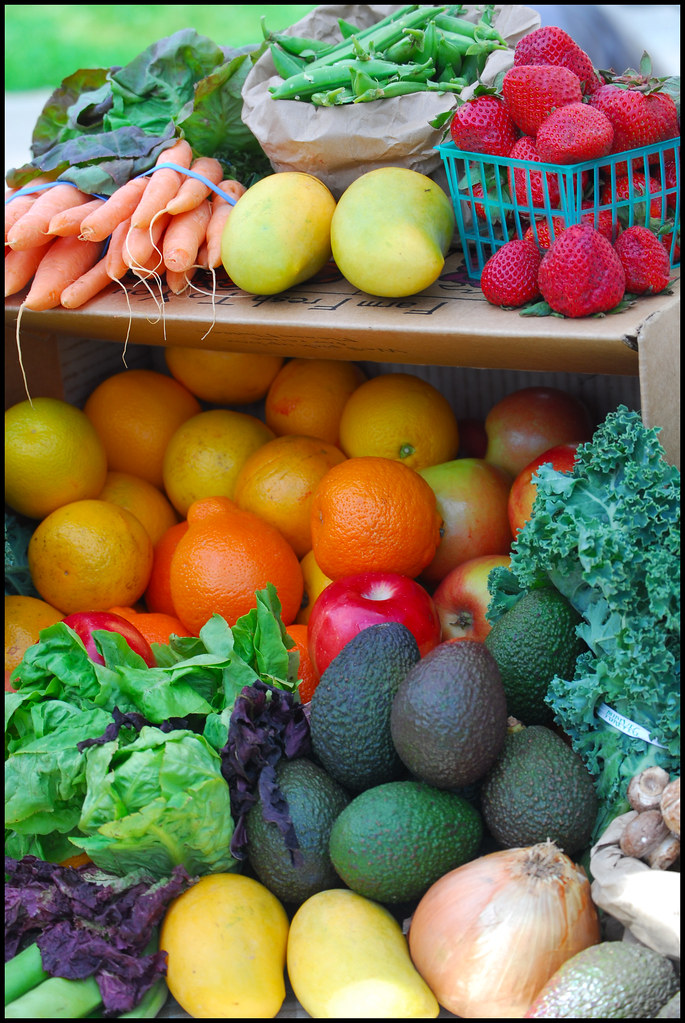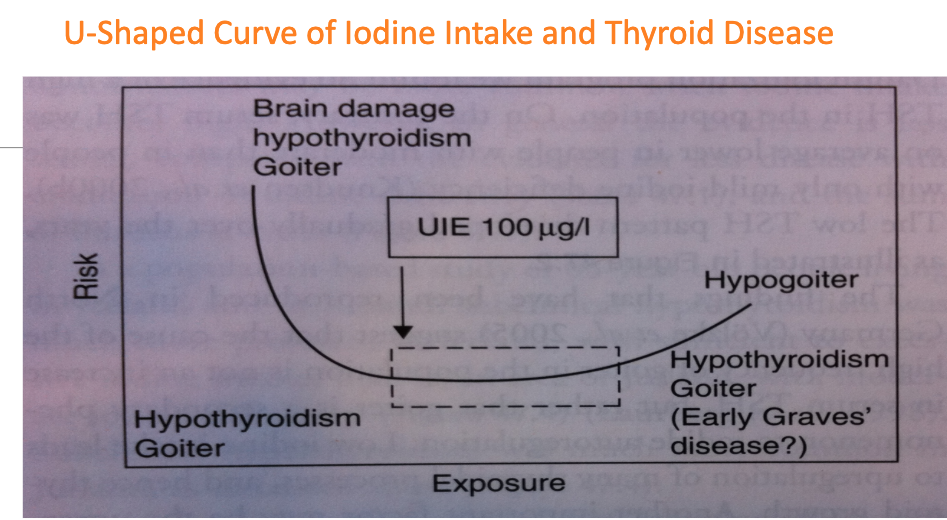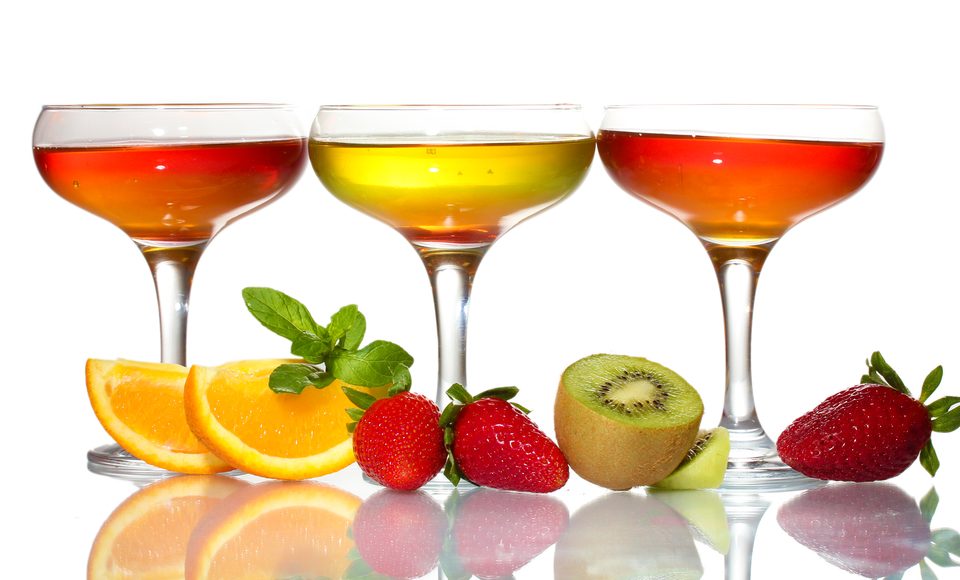Maximizing Your Odds
What if you want to maximize your odds of reversing thyroid disease with iodine? Well, a large study performed in Korea, showed that targeting less than 100 micrograms for a period of 3 – 6 months has a hugely beneficial effect on those with Hashimoto’s disease.
In fact, in the first 3 months 78.3% of the patients who were treated with a low-iodine diet had their TSH go from an average of 14 down to 3. In a perfect world, I’d like to go lower than that, but it sure is better than 14.2
Of the nonresponders, all but 1 saw a trend of TSH reduction short of euthyroidism which may have continued. That same person saw a progression of hypothyroidism.
So, how long would you wish to do something like that? The main way that you go to that low a level of iodine intake, is by:
- Avoiding all pills that contain iodine
- Limiting the highest food sources
What are the highest food sources? They include:
- Dairy
- Commercial breads
- Seafoods
When it comes to limiting your dairy and seafood intake, I do question how wise it might be to limit them many months out. Eventually, I do not think that the benefits would outweigh the negatives.














